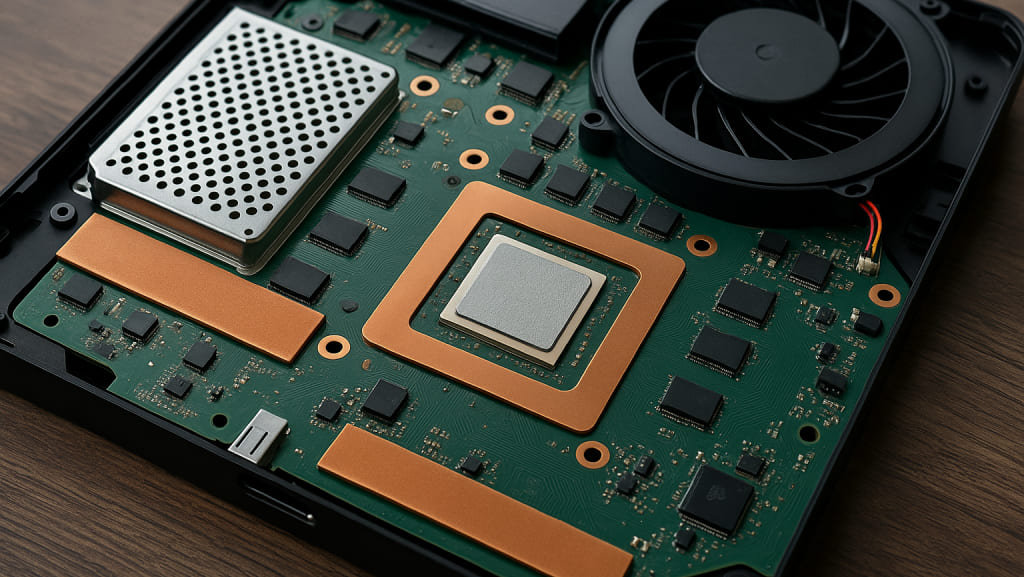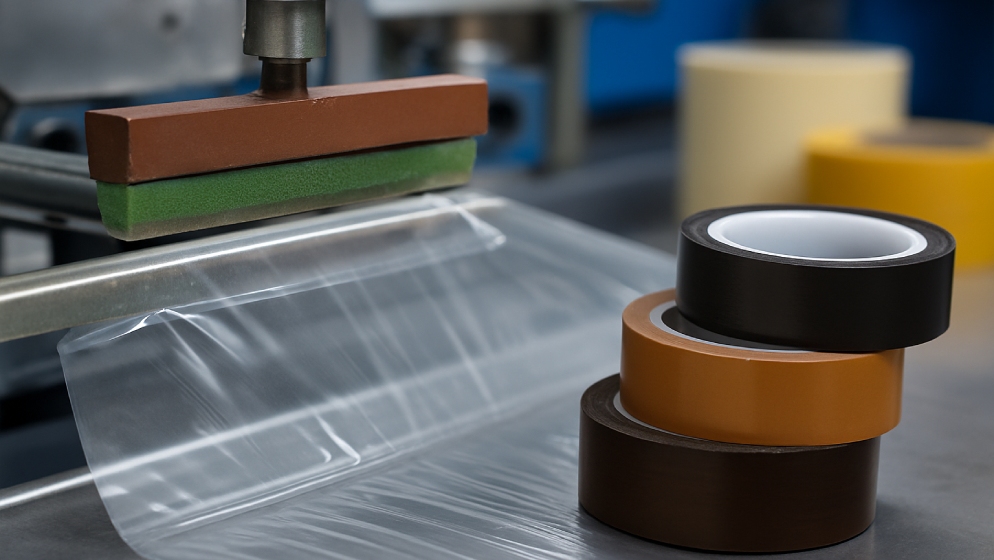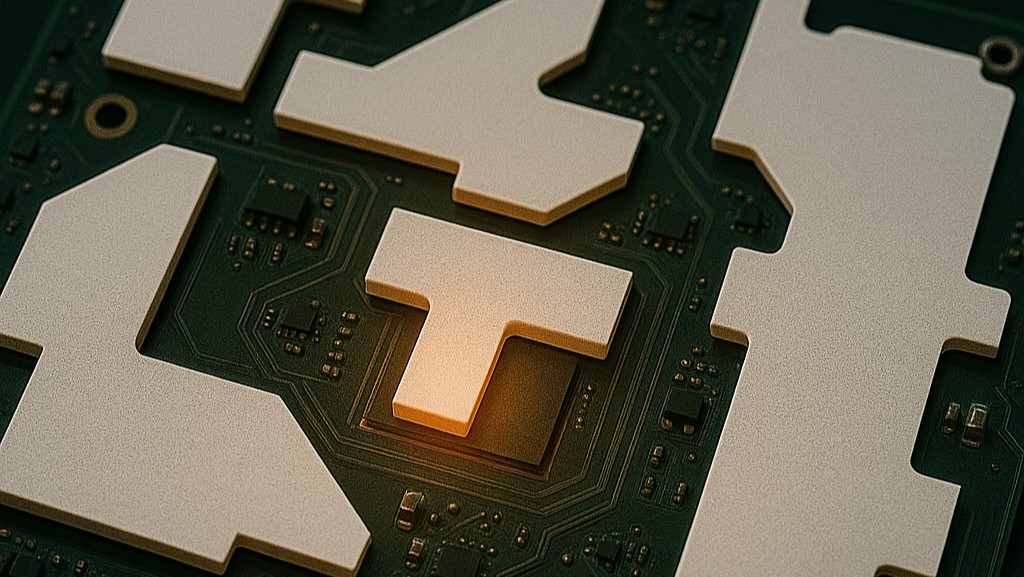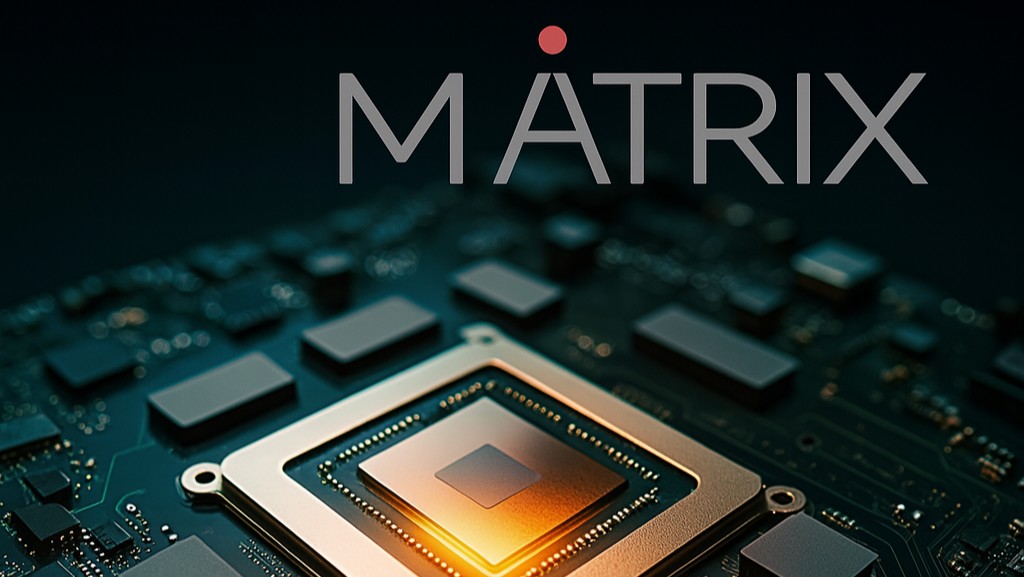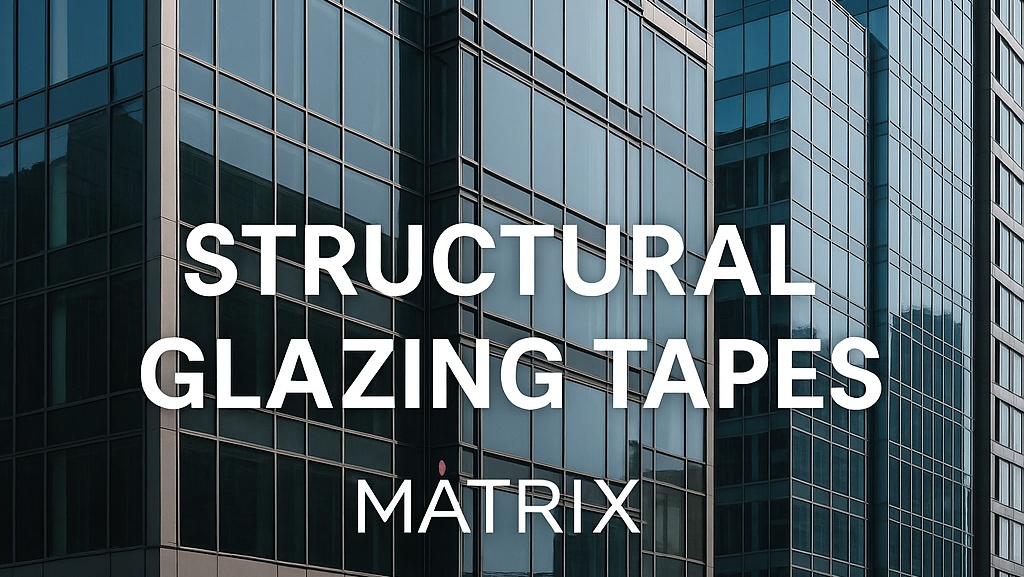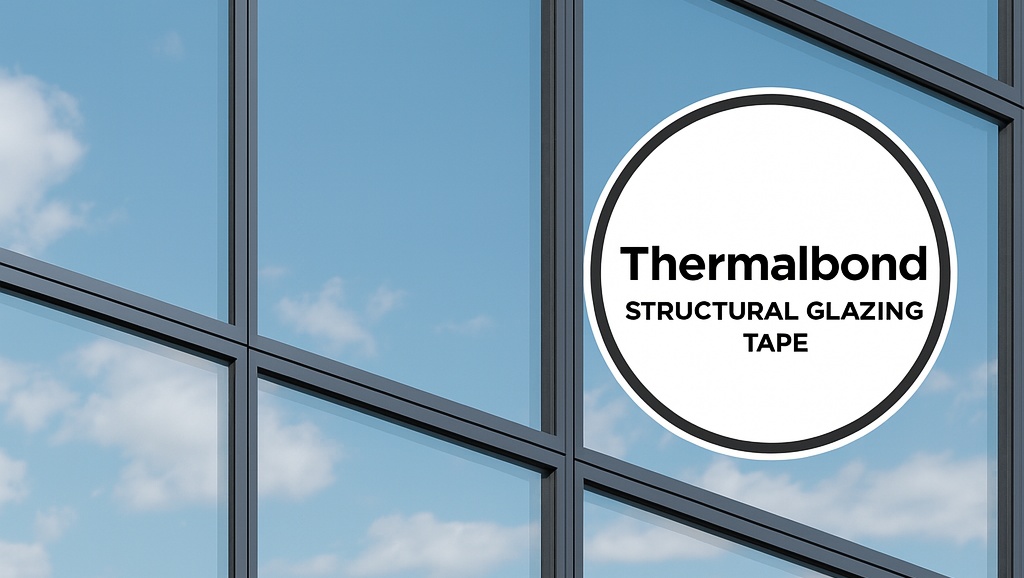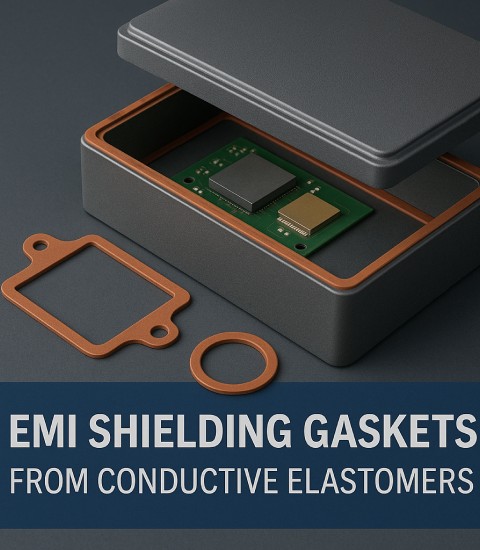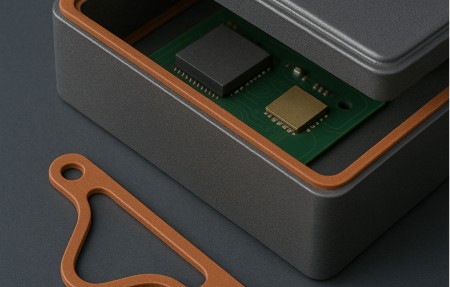As AI electronics continue pushing performance boundaries—from powerful datacenter accelerators to edge AI modules—the demand for advanced thermal solutions has never been greater. Today’s AI chips routinely operate at power densities exceeding 200 W/cm², generating hotspots that demand meticulous thermal management to maintain performance and reliability.
1. Why AI Processors Need Superior Thermal Materials
Modern AI SoCs and GPUs incorporate densely stacked logic and memory (e.g., HBM stacks, multi-chip modules). These structures exacerbate thermal bottlenecks:
- Limited junction-to-ambient thermal budgets
- Micro-scale air gaps between chips and heat sinks, which drastically hinder heat flow—air has only ~0.026 W/m·K conductivity
- Inefficient spreading of heat laterally through conventional materials
- Efficient cooling depends on two critical design pillars:
- Heat sinks/heat spreaders made from aluminum or copper (thermal conductivity: ~166–229 W/m·K and ~400 W/m·K, respectively)
- Thermal interface materials (TIMs) that bridge uneven surfaces, eliminate gaps, and conduct heat from die to sink.
2. Heat Sink + TIM = A Synergistic Duo
Heat sinks absorb and radiate thermal energy, but only if the heat reaches them. TIMs—whether thermal greases, phase change pads, or graphite sheets—are essential for minimizing thermal resistance (Rₜ), per Fourier’s law:
ΔT = Q·RD, where RD depends on material conductivity k and bond line thickness
3. Matrix’s Material Range: Tuned for Performance (1–13 W/m·K)
Matrix engineers deliver a rich suite of pad and graphite options tailored to AI-grade electronics:
- Thermal gap pads: silicone‑, acrylic‑, or phase‑change‑based, spanning 1 to over 6 W/m·K, optimized for compressibility and gap filling
- High‑conductivity graphite pads: vertical‑powder graphite in silicone resin offers 13 W/m·K through‑plane conductivity—ideal for tight spaces.
This 1–13 W/m·K spread allows you to match thermal performance precisely to your AI packaging architecture:
4. Custom, Application‑Ready Components
Matrix doesn’t just supply materials—they convert them into custom die‑cuts, shapes, thicknesses, adhesives, carriers, and liners. Whether you need ruggedized pads for defense AI electronics or tightly integrated TIMs for liquid‑cooled data center modules, Matrix supports pre‑production prototyping through high‑volume manufacturing
5. For AI Mechanical Engineers:
- Thermal conductivity: Pay close attention to k‑values and ensure TIM matches thermal budget requirements.
- Compression and thickness: Choose materials that conform reliably when assembled.
- Durability and outgassing: In sealed or vacuum systems, select pads with low outgassing and stable thermal properties over lifecycle.
- System-level integration: TIM must align with heat sink design, whether passive aluminum extrusions or liquid‑cooled cold plates.
In Summary
Matrix enables next‑generation AI systems to reach their full thermal potential:
- 1–13 W/m·K material range: from silicone pads to vertical graphite
- Custom form factors: die‑cut, adhesive‑backed, phase change, us-value added
- Engineered for high‑power AI chips: eliminating galleries of hotspots, enhancing reliability, enabling sustained compute
If you’re engineering the next AI accelerator or edge intelligence platform, Matrix’s thermal materials portfolio delivers precision‑tuned thermal conductivity, form, and integration to empower cutting‑edge designs, built for the future.


